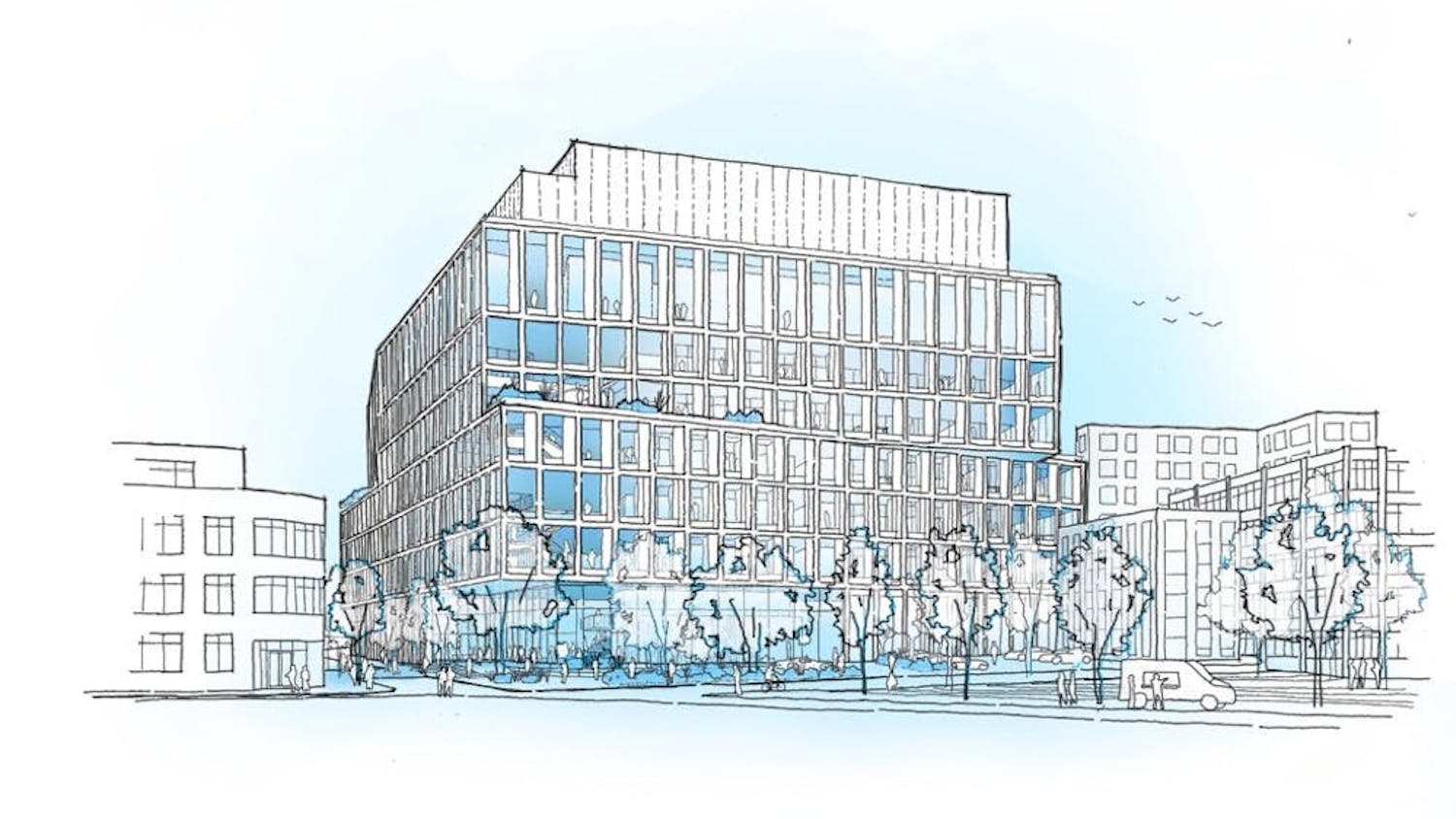As HIV spreads to new demographics, including students, nonprofit activists and government workers are seeking to raise public awareness about the disease and lower new infection rates despite dwindling financial resources.
The annual number of new cases of AIDS in Rhode Island has decreased by 89 percent since 1993, according to a 2010 Rhode Island Department of Health report released in September. With the decline in total cases, public consciousness about the virus has also diminished, even as new at-risk populations emerge, according to state officials.
The recent decrease in total cases is largely due to needle exchange programs and greater access to clean syringes, which have helped cut new cases of HIV among intravenous drug users by 50 percent since 2005. But 2010 data also show an increase in HIV infections among youth and college-age populations.
Emerging trends
The Miriam Hospital, a Brown-affiliated teaching hospital, conducted a study on 53 new HIV cases. The study found that eight of those cases were undergraduate and graduate students, seven of whom were gay and bisexual men. In 2010, there were eight new cases of HIV among patients ages 13-19, the first time a number for that group has been reported in the past several years. Data are not reported for a specific group if there are fewer than five new cases in a year.
It is unclear whether this spike is a harbinger or an anomaly, experts said. "I don't want to be an alarmist, but it may be an emerging trend to focus on," said Thomas Bertrand, executive director of AIDS Project Rhode Island.
Adolescents, especially gay and bisexual men, merit more attention with regards to HIV, said Curt Beckwith, associate professor of medicine at Alpert Medical School and the Miriam Hospital. "In a sense, it's a new generation of patients that we're seeing," he said, adding that an uptick in infections among students at local colleges and universities necessitates "targeted intervention and prevention on campuses, which is new."
Aida Manduley '11, a sexual health advocate at the nonprofit Sojourner House, said young people today are not sufficiently aware of the continuing danger the disease poses. "I think a lot of people are growing complacent regarding the treatment of HIV," she said, "because they didn't experience the time when it was all over the media."
Gabe Spellberg '13.5, a volunteer at AIDS Project Rhode Island, said he sees a lack of urgency about preventing AIDS in the LGBTQ community at Brown, despite widespread knowledge of the issue and access to condoms. "Among the gay community, there's just this attitude that you can hook up with whatever people you want, and you'll be okay," he said. "It's good to be sex-positive, but the more people you hook up with, there's no denying that the higher your risk will be."
Treating at-risk populations
Black and Hispanic women comprise two high-risk populations that are disproportionately affected by HIV and AIDS, though disparities between racial groups are often more pronounced in southern states than in Rhode Island. An Oct. 27 forum in Woonsocket addressed the disease's high prevalence among these women.
Manduley said a variety of factors make black and Hispanic women — especially those who are economically disadvantaged — more susceptible to contracting HIV.
"It's basically a matrix of socio-cultural factors that comes into play," she said. "Addressing HIV means addressing poverty, means addressing domestic violence."
Because the problem is so multifaceted, many of the organizations that work to treat and prevent the disease have initiatives that provide a wide range of services for at-risk communities. Paul Fitzgerald, the executive director and CEO of AIDS Care Ocean State, said his nonprofit attempts to tackle the problem by focusing in particular on helping patients with housing, drug use and childcare issues.
In Rhode Island, men have made up roughly 75 percent of new HIV positive tests for the past several years. With the exception of 2009, when a spike in diagnoses of Hispanics contributed to an overall increase in the HIV incidence rate, whites have generally been a plurality of the new cases.
HIV incidence in newborns has dropped to about zero over the past several years as a result of state-mandated availability of testing for pregnant women, said Bertrand, who described the policy as one of several "tremendous successes." But he noted that Rhode Island has trailed Massachusetts in reducing its new HIV cases.
In 2008, Rhode Island ranked 37th nationally in the number of HIV cases it has ever reported to the Center for Disease Control. The state ranks 43rd in population.
Bathhouses are more prevalent in Rhode Island than in other states, Fitzgerald said, adding that these establishments attract people from other states and serve as breeding grounds for HIV and other sexually transmitted infections.
Moving forward, Fitzgerald said he sees a need for a major push to halt the disease via better access to testing, greater public awareness and a stronger focus on prevention. "If we can change behavior enough, I think we can end this disease," he said.
Shrinking budgets, changing strategies
Meanwhile, the state government is changing the way it addresses the disease, an issue of particular concern to First Lady Stephanie Chafee P'14, a former nurse who has worked with HIV/AIDS patients since the 1980s. This spring, the Rhode Island General Assembly divided responsibility for preventing and treating the disease between two separate departments. The impending change will reassign certain responsibilities previously held by the Department of Health.
"The Department of Health will continue to perform surveillance and monitoring of HIV/AIDS transmission and prevalence, while the management of pharmaceutical and social service benefits will be under the auspices of the Department of Human Services," wrote Beryl Kenyon, public information officer for the Executive Office of Health and Human Services, in an email to The Herald.
Nonprofit workers said it was not immediately clear how the impending change would affect AIDS prevention efforts. Cuts to the state budget have meant decreased funding to fight HIV and AIDS in recent years. The Sojourner House lost all its HIV/AIDS funding in January due to budget cuts. The organization had to craft a new HIV/AIDS program over the summer that included financial literacy training in order to receive state funding again.
In 2009, the CDC provided Rhode Island with roughly $2.7 million to fight the disease, much of which the state funnels to various nonprofit groups. Even as money becomes tighter, Rhode Island groups are still seeking out new methods of prevention and treatment.
Fitzgerald said some doctors are now considering providing antiretroviral drugs to fight HIV to people who have not contracted the disease but are considered high-risk based on their sexual activity or drug use. He noted that the move is very controversial, especially because some question its cost-effectiveness.
More immediately, though, most organizations are focused on ramping up efforts to prevent transmission, especially on college campuses. Manduley said administrators should be careful not to restrict their focus solely to gay students. "Brown has been really good in terms of providing free testing and giving referrals to people," she said. "In general, schools should be making HIV an issue for all students."
ADVERTISEMENT




